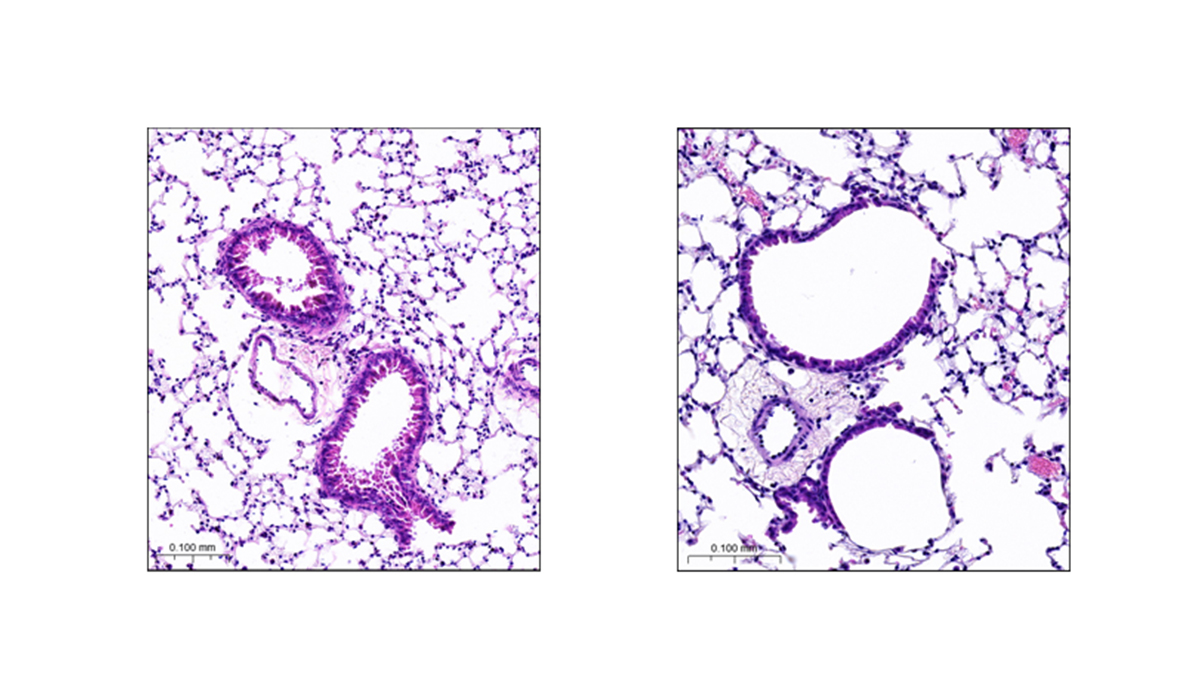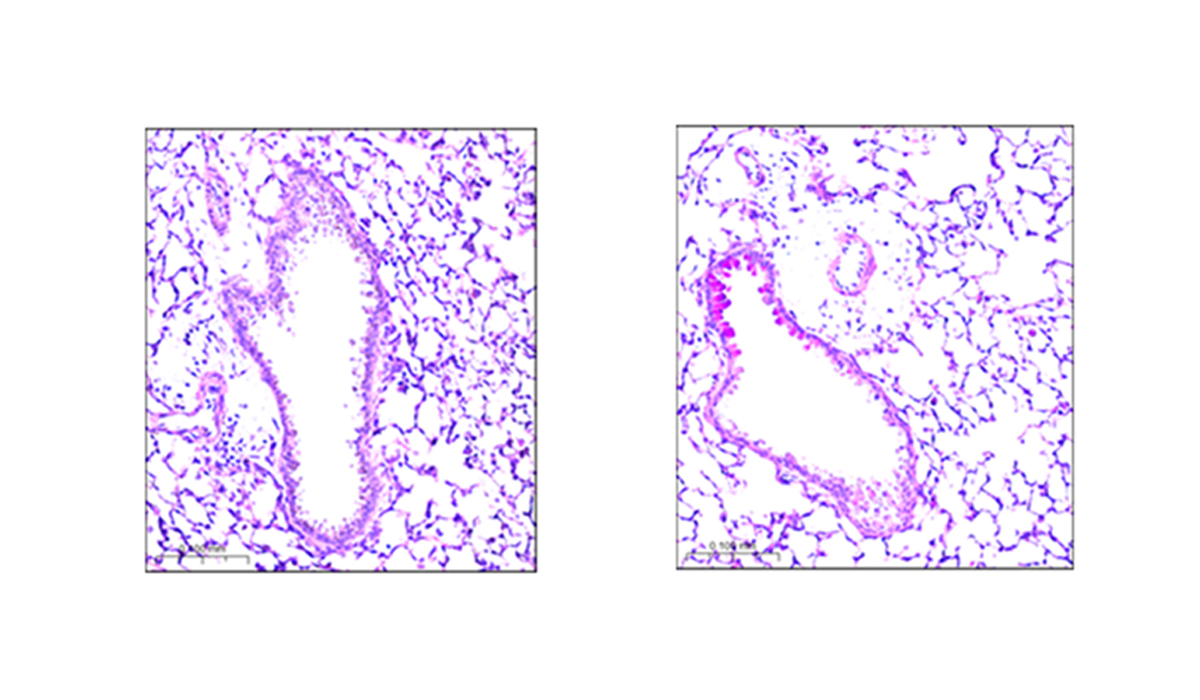His father’s long battle with asthma drove a Tsinghua University researcher to search for a life-changing treatment for the common respiratory disease.
A treatment that could cure asthma in mice has been developed by researchers in China, raising hopes that effective human therapies could follow.
Some 300 million people around the world suffer from the chronic respiratory disease, with current treatments only able to temporarily relieve their symptoms.
“Our study represents the first evidence of a curative therapy for asthma,” says Min Peng, an immunologist at Tsinghua. “We are now in the process of translating our findings to human patients and hope to obtain data in the near future.”
T-cell treatment
The new treatment is based on T cells, a crucial element of our immune defenses that have already been harnessed to attack some cancers. By removing T cells from the body, genetically engineering them, and then injecting them back into the patient, researchers can make ‘living’ drugs that mimic and support the body’s own defenses against tumor cells.

A lung tissue sample from a mouse model of type-2 asthma shows narrowing of bronchioles due to inflammation (left), while mice injected with a new chimeric antigen receptor (CAR) T appears less inflamed (right).
The Tsinghua team designed cells called chimeric antigen receptor (CAR) T cells to tackle two of the most important mechanisms in asthma — inflammatory cells and signaling molecules called cytokines.
Injected into mice modified to develop asthma, the engineered T-cells could eradicate eosinophils, so-called proinflammatory cells known to trigger asthma. In addition, these T cells could also produce a protein that blocked the actions of proinflammatory cytokines.
Combined with modifications that allowed the T cells to persist in the bodies of the mice, the research showed that a single dose of the therapy was enough to suppress lung inflammation and alleviate the asthmatic symptoms. The results were recently published in Nature Immunology .

Tissue from chronic type-2 asthma mouse models (left) also appeared more inflamed than lung tissue treated with single dose of a chimeric antigen receptor (CAR) T therapy.
Personal perspective
“This finding significantly expands the scope of diseases that can be treated or cured by engineered T cells, representing a new frontier in cell therapy,” says Peng. “My father has suffered from severe asthma since I was ten years old,” he says. “I went to medical school naively thinking that becoming a doctor could help me treat him.” On discovering there was no cure available, Peng resolved to become a scientist and to try to find one.
“Developing curative therapies for asthma, and potentially other chronic common chronic diseases, would revolutionize the management of these conditions,” he adds.
Peng is hopeful that the results could be translated to people. His team has already shown that anti-asthma human T cells can be prepared in the same way, and that they work in animals. They now need to run clinical trials to see whether human patients respond.
Several obstacles remain. One is the risk of side effects. The long-term suppression of lung inflammatory cytokines could increase the risk of infections with parasitic helminth worms. These infections are rare in cities, Peng points out, and can be treated with drugs.
A greater challenge is the expense of T cell therapies, which can cost hundreds of thousands of dollars per patient. “Further efforts to reduce the cost of CAR T cells are essential to make these treatments more accessible,” says Peng.
Reference
Jin, G., Liu, Y., Wang, L., He, Z, Zhou, X. et al. A single infusion of engineered long-lived and multifunctional T cells confers durable remission of asthma in mice Nature Immunology 25, 1059–1072 (2024). https://doi.org/10.1038/s41590-024-01834-9
Editor: Guo Lili